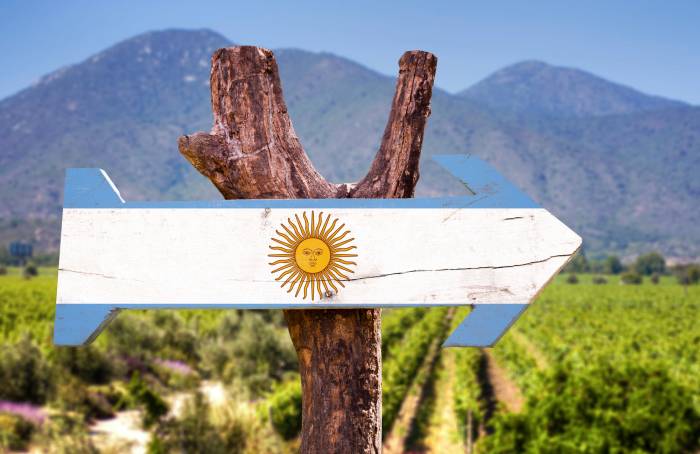
The International Organisation of Vine and Wine (OIV) released its first estimates for global wine production in 2025, reporting a projected total between 228 and 235 million hectoliters. The mid-range estimate stands at 232 million hectoliters. This figure marks a 3% increase compared to the historically low harvest recorded in 2024, but it remains 7% below the average of the past five years.
The OIV’s annual report, published today, highlights ongoing challenges for the wine industry worldwide. The Southern Hemisphere, where the grape harvest is completed in the first half of the year, is expected to see a modest recovery. Preliminary data suggest that total wine output in this region will reach approximately 49 million hectoliters in 2025. This represents a 7% rise from last year’s figures, ending a three-year period of declining production. However, this volume is still about 5% lower than the five-year average for the region.
Adverse weather conditions continue to affect wine production globally. The OIV notes that heatwaves, droughts, and irregular rainfall patterns have impacted several major wine-producing areas. These climatic events have led to uneven results across countries. While some regions are showing signs of recovery, others are still experiencing reduced yields.
In terms of global share, the Southern Hemisphere is expected to account for around 21% of total wine production in 2025. This proportion aligns with trends observed over the past decade.
Argentina remains a key player in South American wine production. The country’s output for 2025 is forecast at 10.7 million hectoliters, a figure similar to last year and slightly below its five-year average. With this level of production, Argentina continues to lead among South American wine producers.
The OIV’s early estimates provide an initial outlook for the year ahead but may be revised as more data become available. The organization will continue to monitor developments as harvests progress in both hemispheres and as producers respond to ongoing climatic challenges.

Dining and Cooking